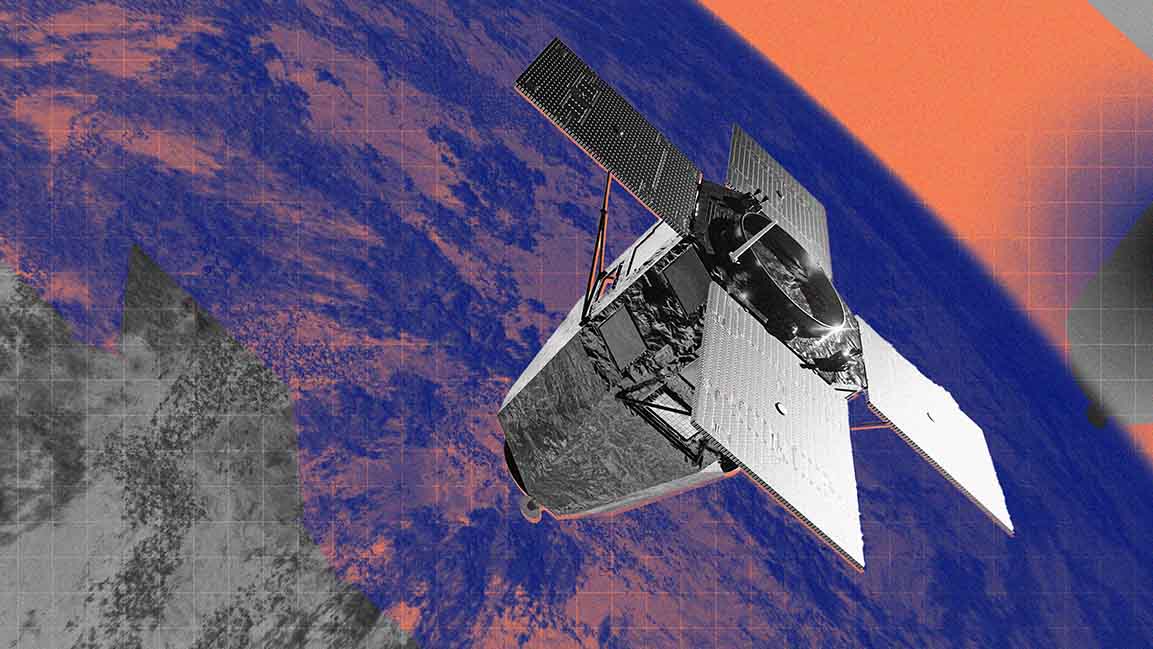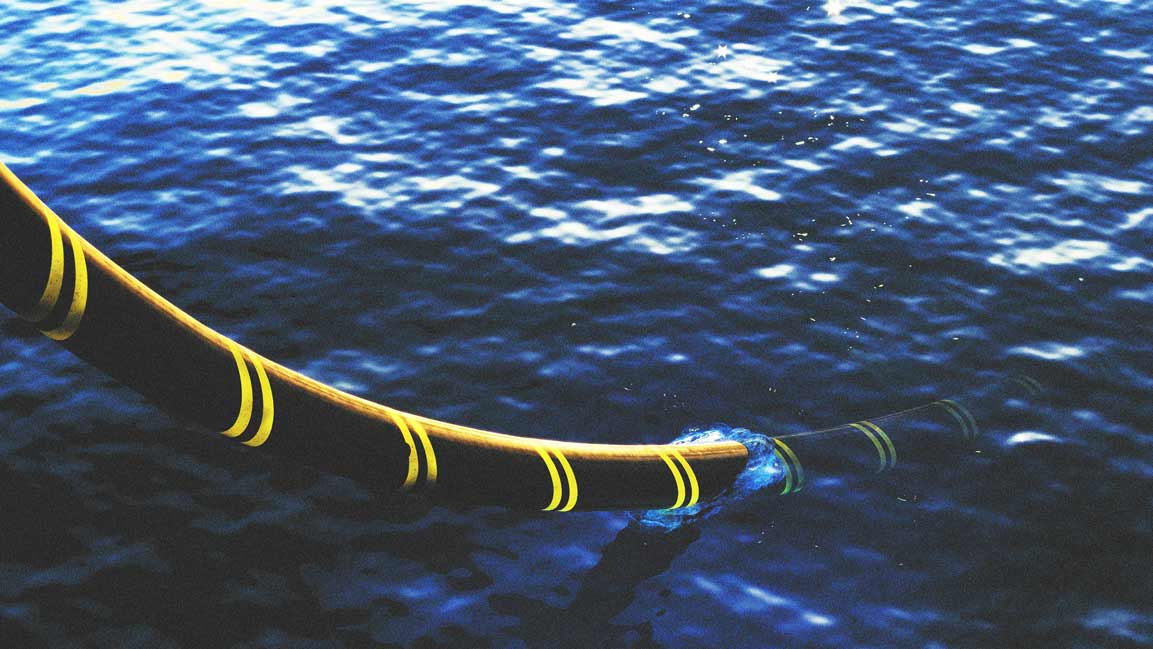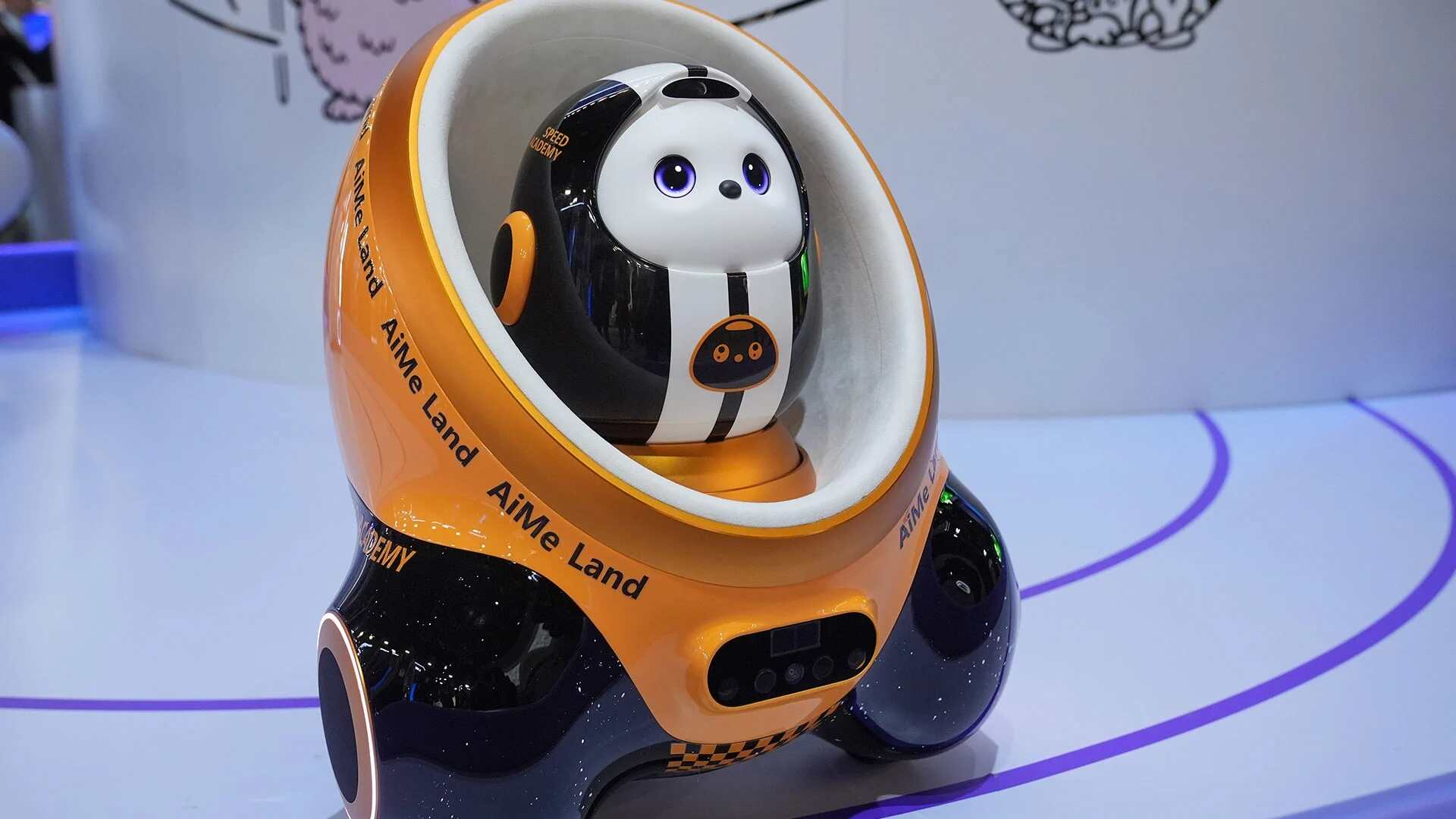- | 2:00 pm
UAE activates first locally developed propulsion system for mini-satellites
The propulsion unit is set to be integrated into a fully functional small satellite system, with a launch scheduled for the end of 2026.

As the global space industry shifts toward more sustainable and compact technologies, the UAE continues to cement its position as a regional leader in space innovation.
In a landmark development for the country’s growing space sector, Khalifa University of Science and Technology, in partnership with the UAE Space Agency, has activated the UAE’s first precision-engineered, environmentally friendly propulsion system designed for 6-unit (6U) mini-satellites.
The system was fully designed, developed, and tested within the UAE, marking a significant milestone in the nation’s ambition to achieve technological self-reliance in space exploration.
This achievement is part of the Mini-Satellite Initiative, a collaborative program supported by the UAE Space Agency through a formal agreement with Khalifa University. The initiative aims to demonstrate key orbital technologies for missions targeting low Earth orbit (LEO).
Six university researchers, along with senior experts from the UAE Space Agency, are spearheading the project, which has now entered the final pilot operation phase at Khalifa University’s Small Satellite Laboratory.
“This strategic achievement reflects our commitment to sustainable space technologies and highlights the capabilities of our national talents in engineering,” said Bati Al Qubaisi, Director General of the UAE Space Agency.
Professor Ebrahim Al Hajri, President of Khalifa University, emphasized the broader vision behind the project: “The project aligns with the UAE’s vision to enhance local and regional space capabilities. These advanced systems represent a qualitative leap in the nation’s ability to independently verify complex and sustainable space technologies. Reaching the final phase of pilot operation underscores the university’s dedication to nurturing national talents and strengthening local infrastructure.”
The propulsion unit is set to be integrated into a fully functional small satellite system, with a launch scheduled for the end of 2026. Al Hajri noted that its core mission is to demonstrate advanced orbital propulsion capabilities, including altitude control and maneuverability in space.































